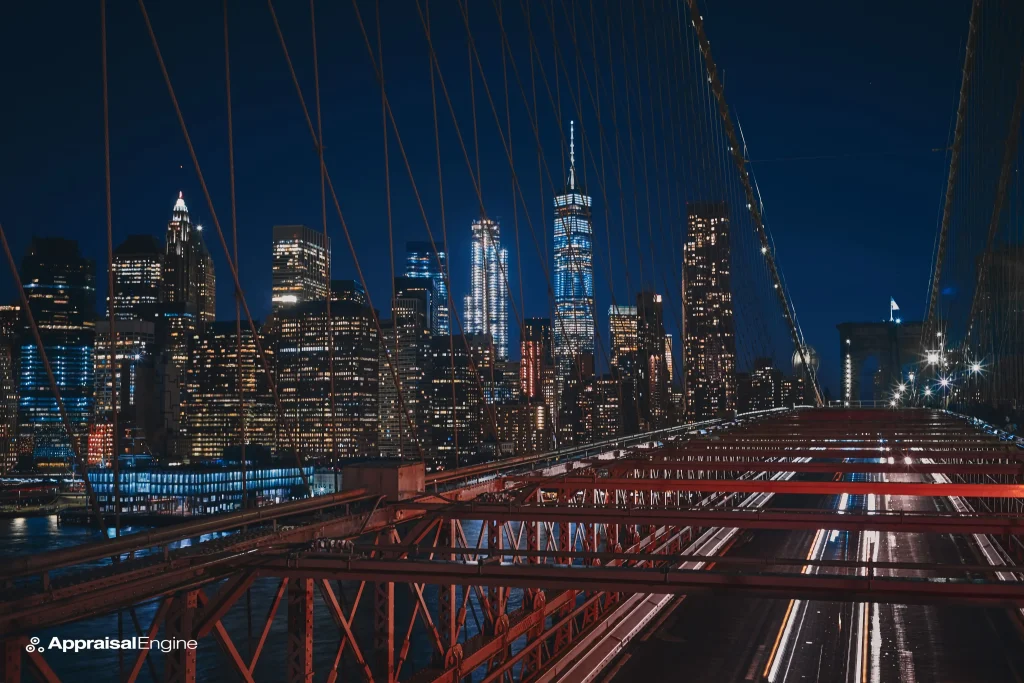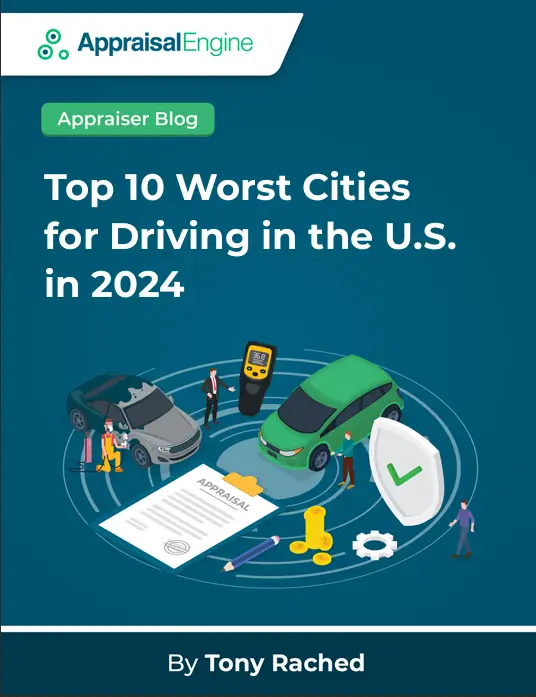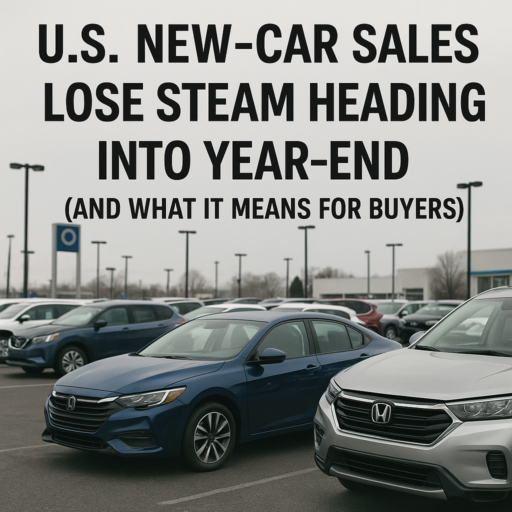Are you curious about the driving conditions in various U.S. cities? If you think your commute is tough, it might pale in comparison to the challenges faced by drivers in cities like Oakland, Miami, and San Francisco. A comprehensive study by Forbes Advisor for 2024 has identified the ten worst cities for driving in the United States, taking into account factors that go far beyond mere commute times. If you’re grateful for your current driving conditions, you might feel even more thankful after understanding what drivers endure in these cities.

Top 10 Worst Cities for Driving in the U.S. in 2024 (PDF)
Beyond the Basics: What Makes a City Bad for Driving?
While the usual suspects like long commute times and high gas prices are often discussed, this study delves deeper, considering a variety of elements that impact the driving experience. Here’s how the cities stack up and the unique factors that place them on this not-so-coveted list:
- Oakland, CA
- Miami, FL
- San Francisco, CA
- Houston, TX
- Philadelphia, PA
- New York City, NY
- Chicago, IL
- Atlanta, GA
- Dallas, TX
- Portland, OR
Forbes Advisor ranked these cities by analyzing 15 metrics grouped into four major categories: driving experience, safety, cost of car ownership, and access to vehicle maintenance. This comprehensive approach provides a clearer picture of the multifaceted challenges drivers face.
Detailed Insights into Driving Challenges
Driving Experience and Safety:
- Boston emerged as the worst city for driver experience, plagued by narrow, winding streets and heavy traffic.
- Albuquerque topped the list for poor driver safety, with a high rate of accidents per capita.
Cost of Car Ownership:
- New York City is notoriously the most expensive city for car owners, thanks to exorbitant insurance rates and parking fees.
Access to Car Maintenance:
- Memphis drivers face significant challenges in accessing quality car maintenance, impacting overall vehicle longevity and safety.
Economic Impacts: Gas Prices and Insurance Rates
California cities, particularly Los Angeles and Long Beach, feature prominently among the worst due to their steep gas prices. As of today, the average gas price in California stands at $5.42, considerably higher than the national average of $3.667.
Insurance Challenges
Urban areas with high congestion and frequent accidents see higher car insurance rates. Cities with a higher incidence of uninsured drivers and injuries related to crashes also see increased costs, which insurers inevitably pass on to consumers.
Traffic Congestion and Weather Conditions
Cities on the list generally experience severe traffic congestion, with slow average speeds during rush hours and longer times required to travel short distances. Weather also plays a crucial role, with cities like Portland experiencing a high number of rainy days that exacerbate driving difficulties.
What Makes These Cities Stand Out?
While many studies focus on common metrics like traffic congestion and gas prices, the inclusion of broader factors such as weather conditions, insurance rates, and access to maintenance services provides a fuller picture of what makes a city challenging for drivers.
Conclusion
Understanding the multifaceted challenges faced by drivers in these cities offers a glimpse into the complexities of urban driving. Whether it’s the cost implications, safety concerns, or the sheer frustration of navigating through traffic, the cities listed by Forbes Advisor highlight the need for comprehensive urban planning and infrastructure improvement. As cities continue to grow, addressing these driving challenges will be crucial for improving the quality of life for their residents.





